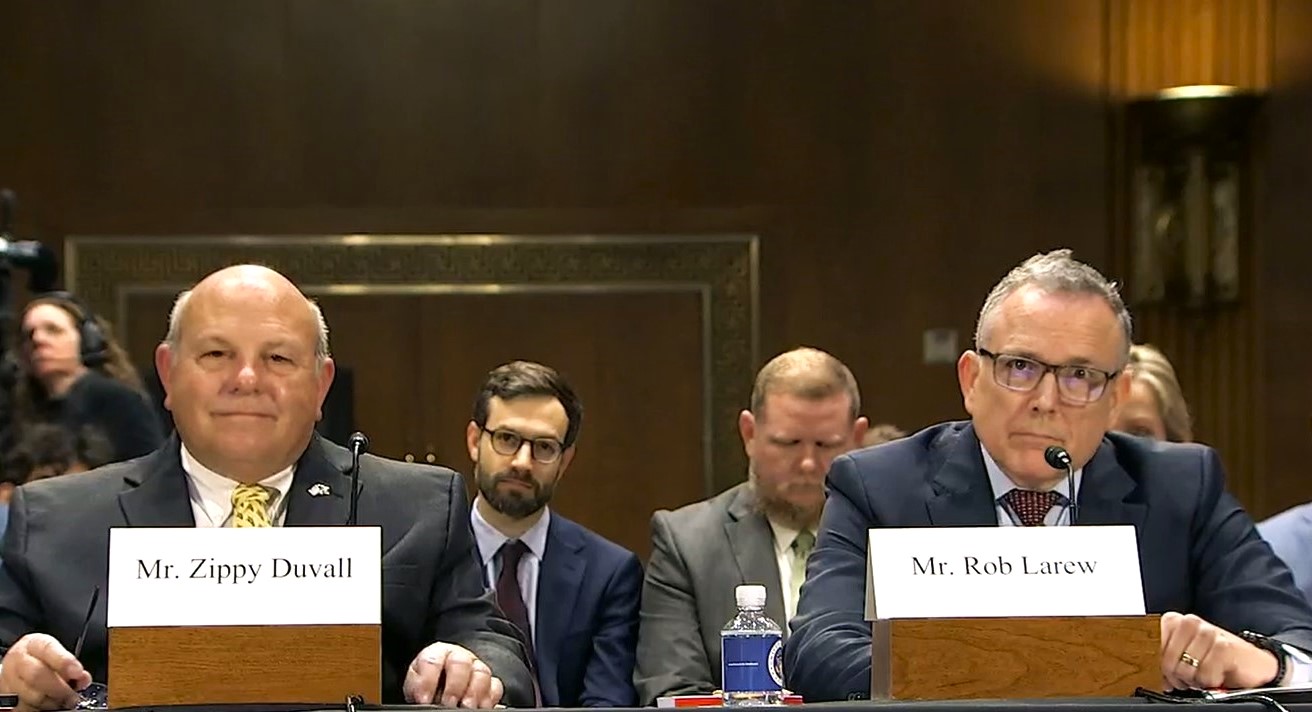STILLWATER, OK – The majority of the cow-calf sector has been on the defense for the past two to three years due to adverse weather and production cost conditions. Widespread drought has forced significant herd liquidation and resulted in additional feed and other production costs. It appears that the beef cow herd has decreased by roughly 11 percent since the last cyclical peak in 2019 and has decreased perhaps six percent in just the last two years due to drought.
USDA will release the January 1 cattle inventory numbers on January 31 and confirm herd changes in 2023. The drought resulted in record high hay prices in 2022 with only slight decreases in 2023. High prices for supplement feeds, fertilizer, fuel, and other production inputs have added to the cost challenges.
Going into 2024, production costs have eased somewhat, and drought conditions have improved in many regions, though considerable drought remains around the country. Many regions that have less drought or are recently removed from drought still need time for forage recovery or, particularly important in many areas, water recovery. With considerable uncertainty remaining about moisture and forage conditions for the coming growing season, many producers are logically taking a very cautious approach to animal stocking. Restocking drought-reduced cow herds will be a slower process in many situations.
On the other hand, some producers will be in a position to be more aggressive in 2024. Higher cattle prices and some moderation in production costs means higher profit potential and incentives to increase calf production. For some producers, this means retaining heifers or purchasing breeding females to restock to full production levels. Other producers, who are at full production capacity, can focus on maximizing calf production and sales in response to growing market incentives to increase cattle and beef production.
Cattle markets began transitioning in 2023. Though herd liquidation continued, beef production began to drop from the record 2022 level. Beef production will continue declining in 2024 and beyond. Beef cow herd liquidation will likely slow, perhaps stop in 2024; though there is little chance of any significant rebuild for a year or more. It will, of course, depend on weather and forage conditions in the coming year. The heifer retention needed to rebuild the herd will squeeze feeder supplies, feedlot production, cattle slaughter and beef production going forward.
However, it is unclear how aggressive that process will be. Attempts for a faster herd rebuild will provoke bigger impact on cattle and beef prices; while a slower herd expansion will be less dramatic but will sustain tighter cattle and beef supplies, and higher prices, longer.
In general, cattle markets are encouraging more aggressive production. Individually, cattle producers may be able to respond immediately or may be forced to remain on the defensive due to physical or financial reasons. In all cases, producers should be thinking about how and when they can go on offense to take advantage of current and future market opportunities.













